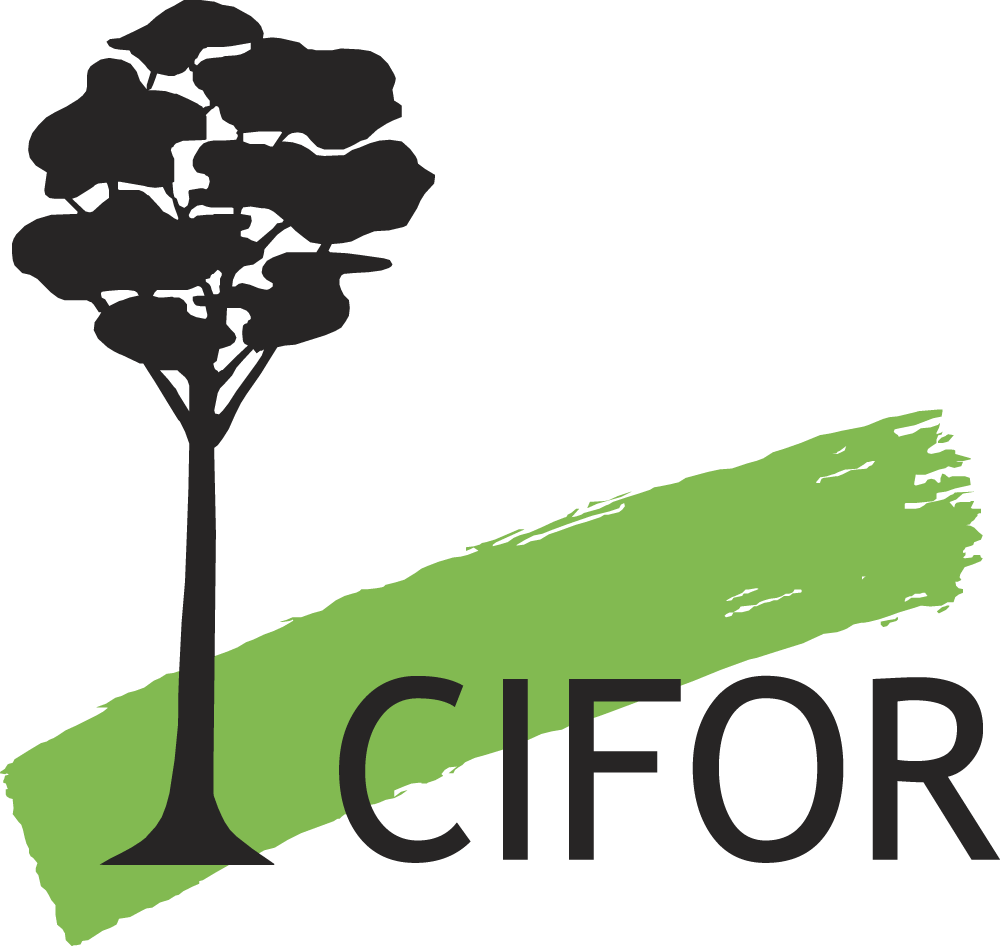Focal point
Location
The Center for International Forestry Research (CIFOR) is a non-profit, scientific facility that conducts research on the most pressing challenges of forest and landscapes management around the world. With our global, multidisciplinary approach, we aim to improve human well-being, protect the environment, and increase equity. To do so, we help policymakers, practitioners and communities make decisions based on solid science about how they use and manage their forests and landscapes.
Capacity building, collaboration and partnerships are essential to finding and implementing innovative solutions to the challenges that the globe faces. We are proud to work with local and international partners. We are a member of the CGIAR Consortium and lead the CGIAR Research Program on Forests, Trees and Agroforestry.
Our headquarters are in Bogor, Indonesia. We have offices in 8 countries across Asia, Latin America and Africa, and we work in more than 30 countries. Contact us for more information.
Resources
Displaying 651 - 655 of 808Increasing the benefits to disadvantaged groups in multistakeholder forestry negotiations
This infobrief provides key points that will benefit disadvantaged groups in multistakeholder negotiations. Negotiations that include all the groups or stakeholders concerned should increase democratic decision-making and compromise. Experience has shown that the benefits that disandvantaged groups receive from multistakeholder negotiations depend on how the negotiations are done. This infobrief describes some of the pitfalls of multistakeholder negotiations and proposes ways for disadvantaged groups to avoid them.
Household livelihoods in semi-arid regions: options and constraints
The overall aim of this study was to explore what the development community can do, or facilitate, to significantly improve livelihoods in semi-arid systems.The authors based their analysis on two case-study sites in the communal lands of southern Zimbabwe. The main tool was a detailed livelihood questionnaire, supplemented by participatory appraisal and observation, action research, biophysical analysis and systems modelling.
Forest ecosystem services: can they pay our way out of deforestation?
This paper first provides a brief overview of what are and what represent forest ecosystem services. Then it considers the issues of price and valuation, and shows that valuation itself is not a solution but merely a tool. Considering then the reasons of the overall degradation of forest ecosystem services it shows that the main reasons tend to be fundamental: deforestation most often happens because it pays for local people - not so much because the institutionally created arrangements are perverse.
Forest ecosystem services: can they pay our way out of deforestation?
This paper first provides a brief overview of what are and what represent forest ecosystem services. Then it considers the issues of price and valuation, and shows that valuation itself is not a solution but merely a tool. Considering then the reasons of the overall degradation of forest ecosystem services it shows that the main reasons tend to be fundamental: deforestation most often happens because it pays for local people - not so much because the institutionally created arrangements are perverse.
CIFOR research abstracts 2001
This book is a compilation of the abstracts of in-house and external publications produced in the year 2001 by CIFOR scientists and their collaborators. The abstracts are grouped into seven themes: general, biodiversity, forest governance and community forestry, forest management, non-timber forest products, plantations and rehabilitation of degraded forests, policy and extrasectoral issues that represent CIFOR's research activities. Indexes are provided by author and keyword.



